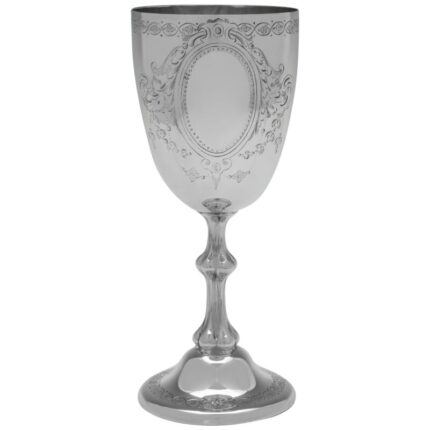Woven along the banks of the Oxus River in Central Asia, this long and narrow Bashir carpet represents a distinctive form of Turkmen weaving. The town Bashir is located in what is now Uzbekistan. Its history as a weaving center is murky and the name should be seen more as a descriptive market term rather than as a firm place of origin. ‘Bashir’ pieces are thought to have been woven by settled or partially settled Turkmen tribal people, many of whom may have been Ersari Turkmen. This group of rugs tends to use designs more typically seen in Central Asian textiles and Persianate ornamentation. This fascinating piece uses a geometric repeat of colorful layered octagons, each outlined with a delicate pin-head design. This later flourish may be an homage to ikat textiles. This field pattern is seen more typically as a border design. Here, a Classic Turkmen curled-leaf border is used to frame the piece.
Additional Information
Dimensions: 3’10” W x 8’6″ L
Origin: Uzbekistan
Period: 19th Century (4th Quarter)
Rug ID: 17868
-
Dimensions:Width: 46 in (116.84 cm)Length: 102 in (259.08 cm)
-
Materials and Techniques:WoolHand-Knotted,Hand-Woven
-
Place of Origin:Uzbekistan
-
Period:1870-1879
-
Date of Manufacture:19th Century (4th Quarter)
-
Condition:ExcellentThis rug has not been acid washed.
-
Seller Location:San Francisco, CA
-
Reference Number:Seller: 17868Seller: LU85557997043





























Reviews
There are no reviews yet.